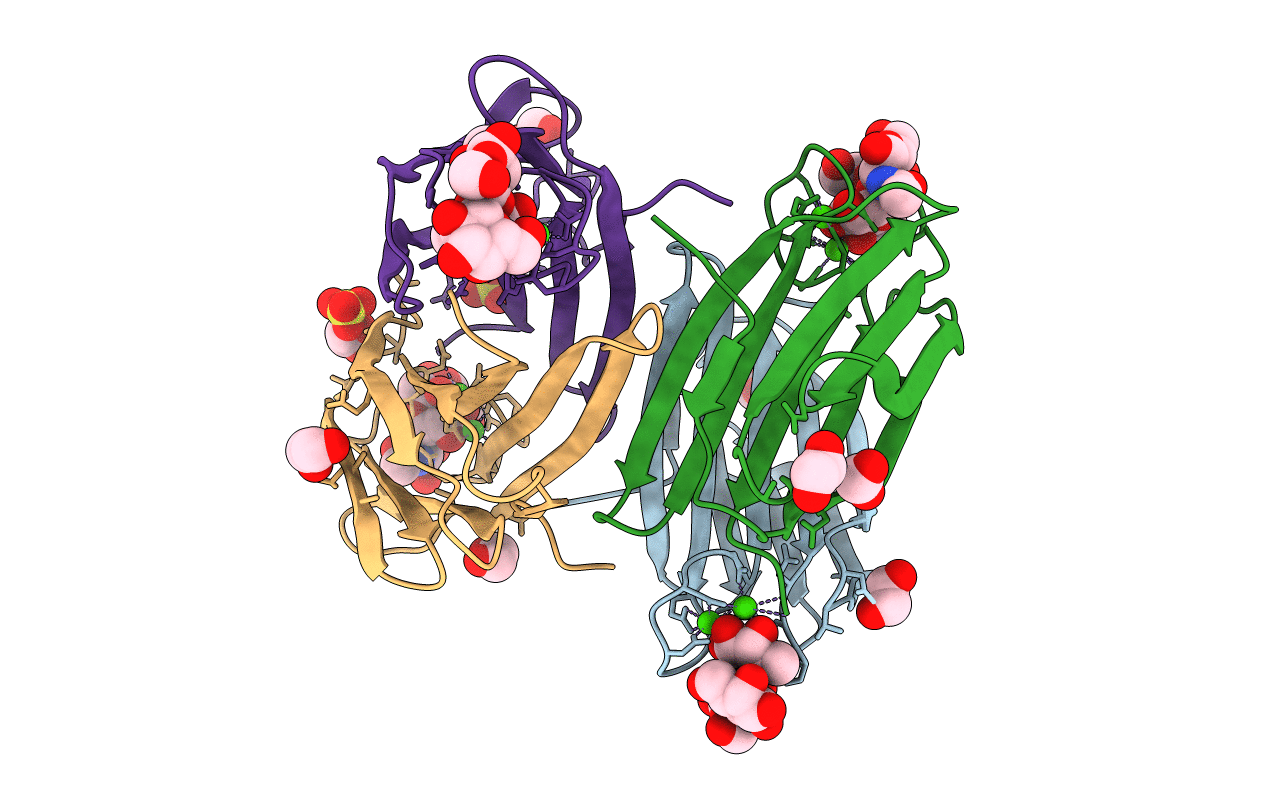
Deposition Date
2019-03-19
Release Date
2019-06-12
Last Version Date
2024-01-24
Entry Detail
PDB ID:
6R35
Keywords:
Title:
Structure of the LecB lectin from Pseudomonas aeruginosa strain PAO1 in complex with lewis x tetrasaccharide
Biological Source:
Source Organism:
Pseudomonas aeruginosa PAO1 (Taxon ID: 208964)
Host Organism:
Method Details:
Experimental Method:
Resolution:
1.80 Å
R-Value Free:
0.17
R-Value Work:
0.13
R-Value Observed:
0.13
Space Group:
P 1 21 1


